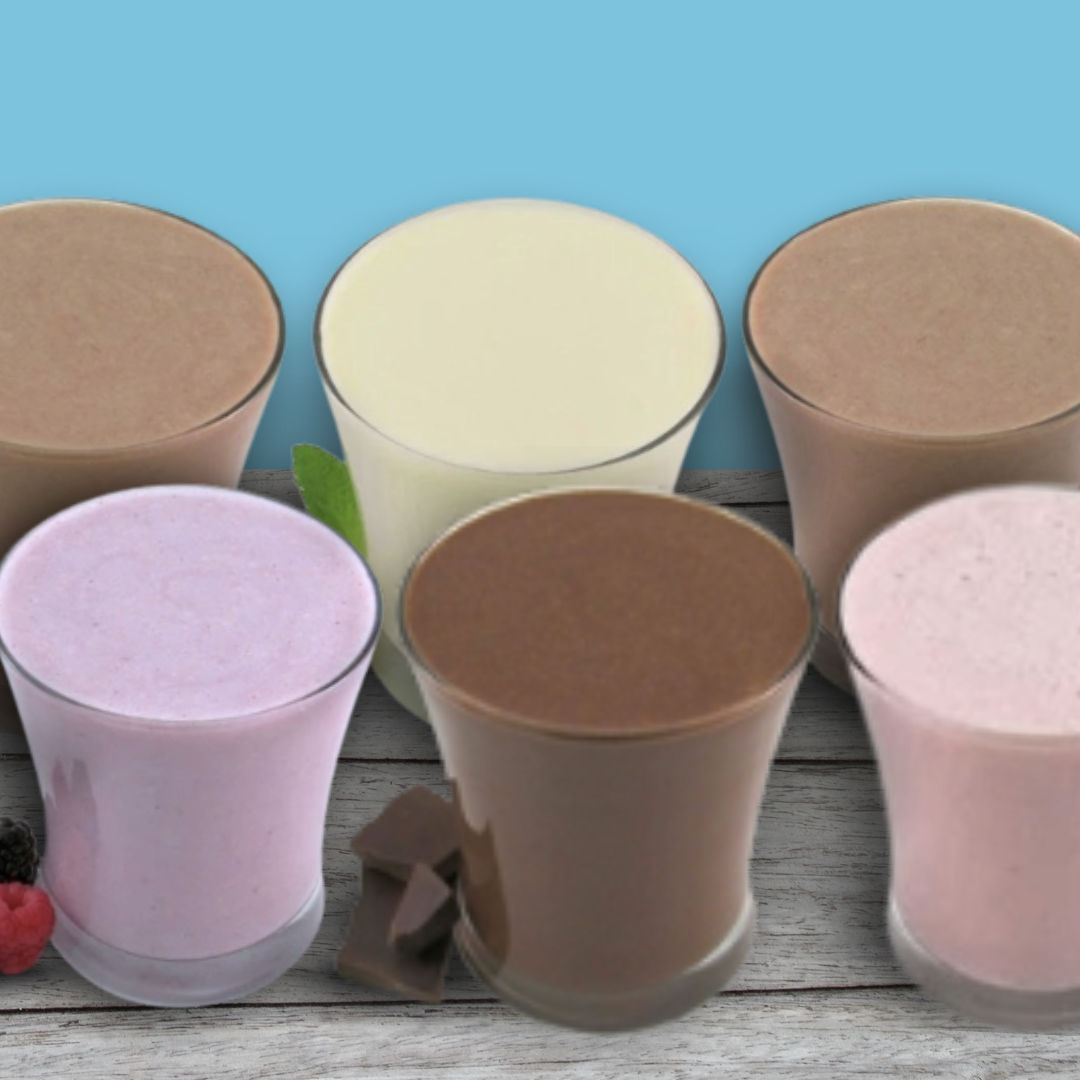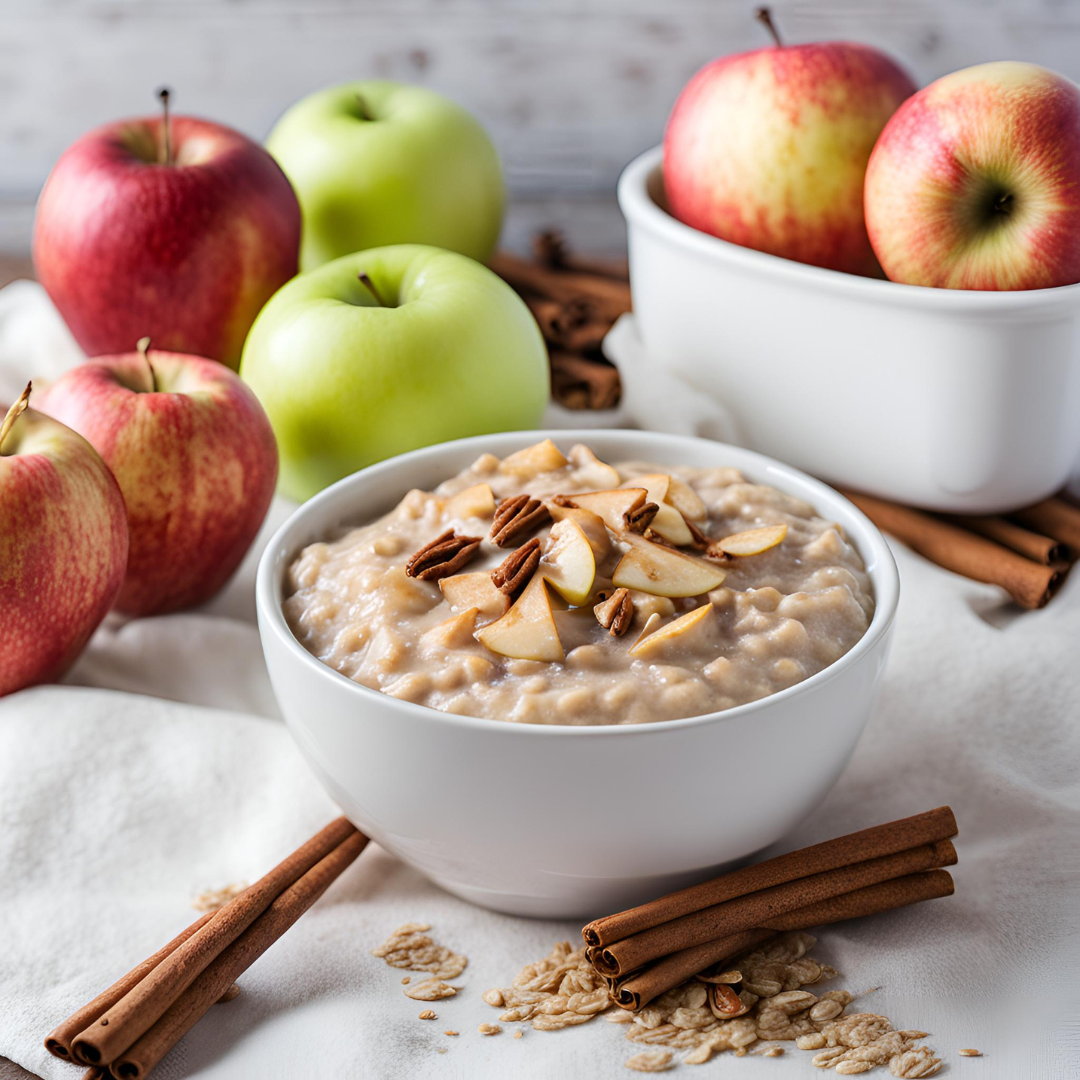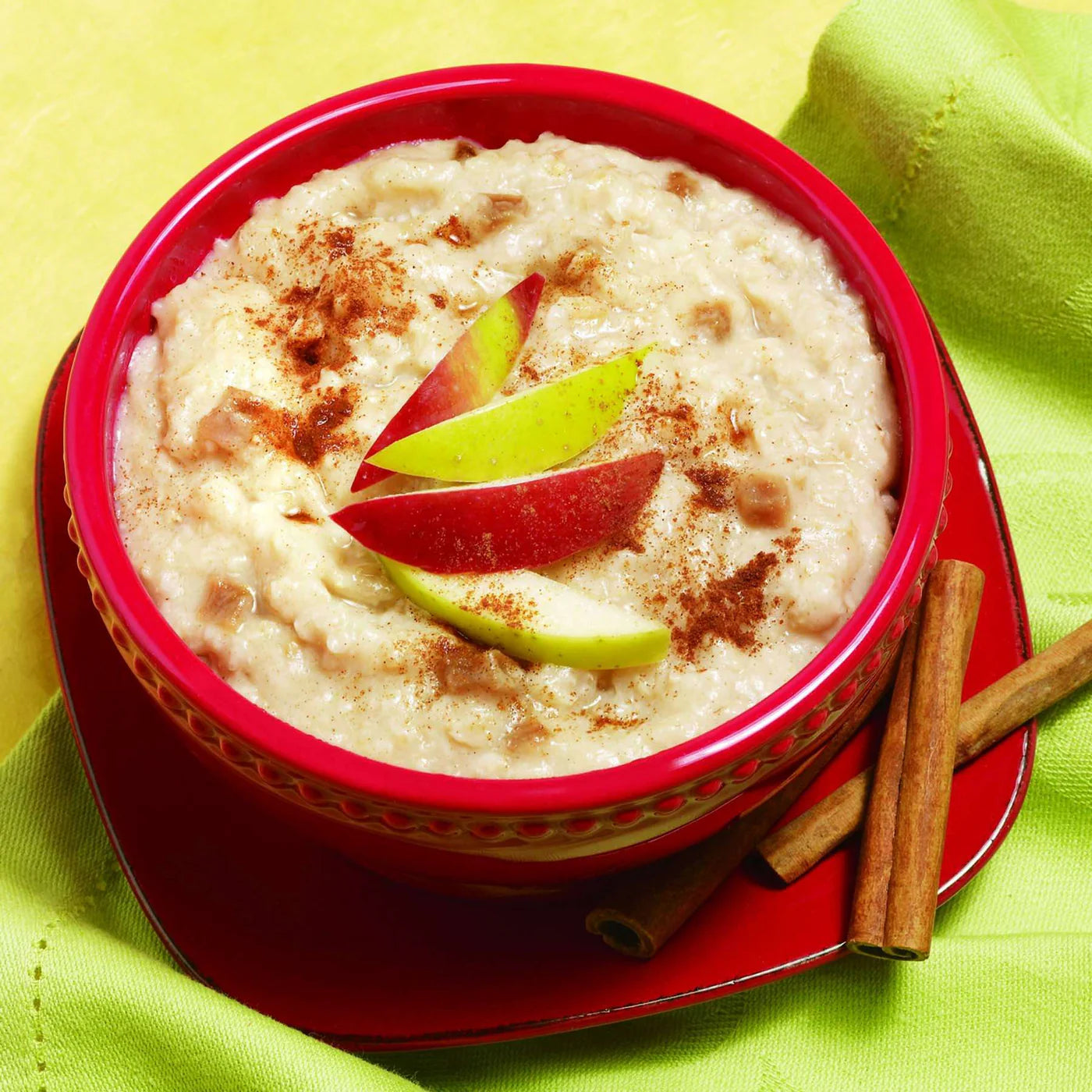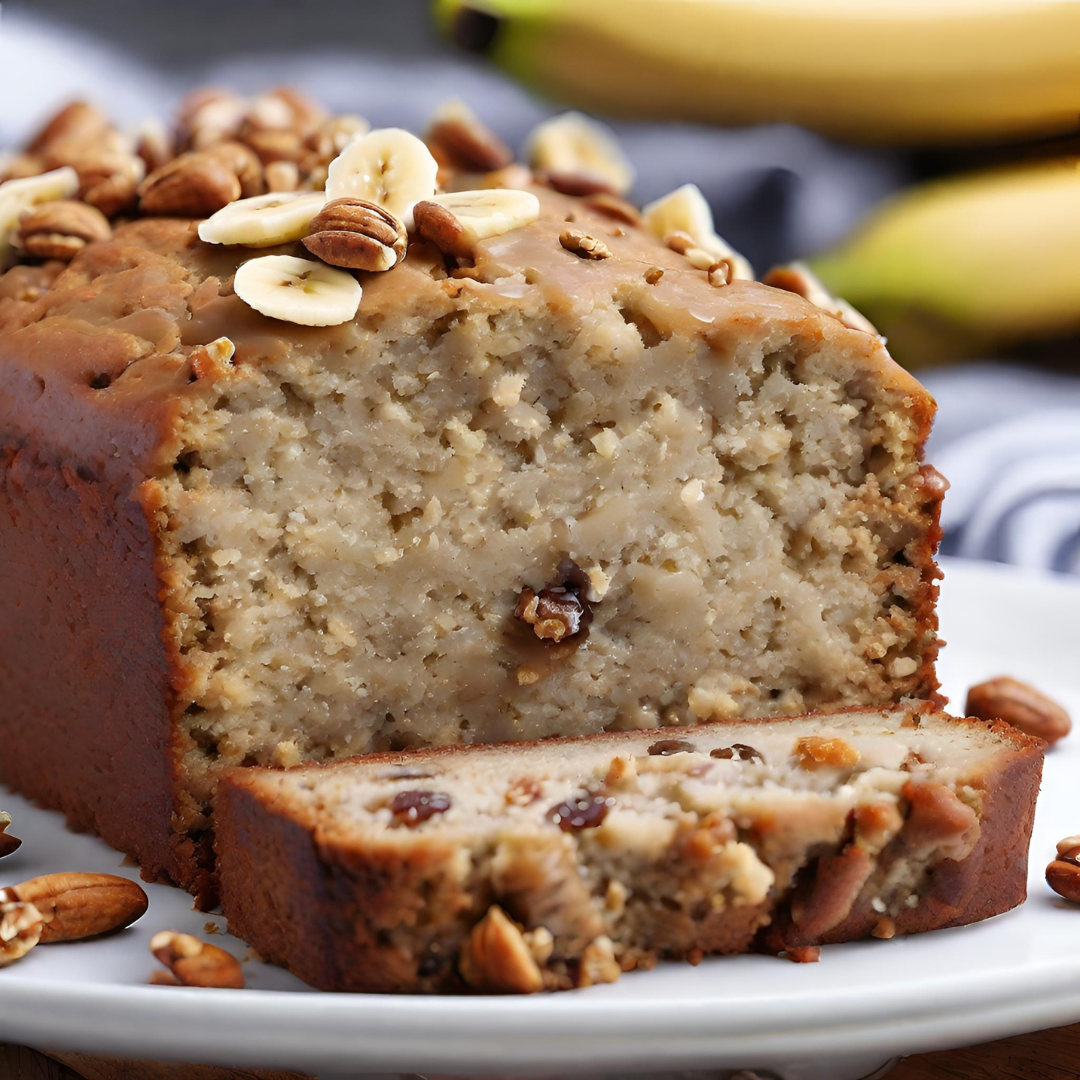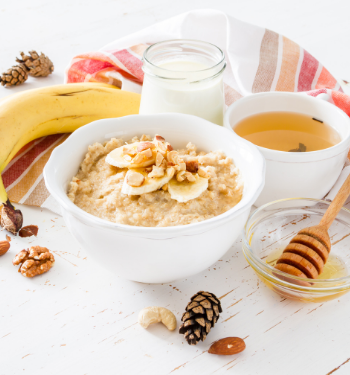Your cart is empty
Bariatric Phase 3 Diet Guide
Complete Soft Food Diet Instructions for Stage 3 Recovery After Surgery
🧭 Quick Navigation
Brand
Dietary Concern
Product Type
What is Bariatric Phase 3 Diet?
Bariatric Phase 3 Diet Definition
The bariatric phase 3 diet, also known as the stage 3 soft food diet or bariatric soft food phase, is the third nutritional stage following bariatric surgery. This crucial phase typically begins 2-4 weeks after surgery and lasts 2-4 weeks, introducing soft, fork-tender foods while continuing to prioritize protein intake. Whether you're following a gastric sleeve diet or other bariatric procedures, this stage represents a significant milestone toward eating solid foods again.
Phase 3 Timeline
Start: Weeks 2-4 after bariatric surgery
Duration: 2-4 weeks (until weeks 4-8)
Primary Goal: Introduce soft foods while maintaining high protein intake
Key Focus: 60-90 grams of protein daily from food and supplements
Transition: Bridge between liquids and regular solid foods
💡 Why Phase 3 is Critical
- Texture Progression: Safely introduces chewable foods
- Protein Foundation: Establishes food-based protein sources
- Portion Control: Teaches appropriate meal sizes (2-3 oz)
- Eating Behaviors: Develops thorough chewing and mindful eating
- Nutritional Variety: Adds fruits and vegetables for essential nutrients
- Long-term Success: Builds foundation for lifelong healthy eating
What is Considered a Soft Food for Bariatric Surgery?
Soft Food vs. Full Liquid
Unlike the full liquids in Phase 2, soft foods for the bariatric stage 3 diet include foods that are fork-tender and can be easily mashed or cut with a fork. These foods should require minimal chewing and break down easily in your mouth, providing more substantial nutrition while still being gentle on your healing digestive system. This represents a significant advancement from the bariatric phase 1 clear liquids you started with immediately after surgery.
🍽️ The "Fork Test" Rule
All Phase 3 foods must pass the "fork test" - you should be able to cut, mash, or pull apart the food easily with just a fork. If it requires a knife or significant pressure, it's not ready for Phase 3.
✅ Soft Food Characteristics
- Fork-tender texture that cuts easily
- Moist and not dry or tough
- Can be mashed with gentle pressure
- No hard, crunchy, or fibrous pieces
- Cooked until very tender
- Ground or minced meats
🔍 Texture Examples
- Perfect texture: Scrambled eggs, steamed fish
- Ground meats: Well-cooked, moist ground turkey
- Vegetables: Soft-cooked carrots, mashed cauliflower
- Fruits: Cooked apple slices, canned pears
- Dairy: Cottage cheese, soft cheese cubes
3 oz Maximum
Size of your palm
2 oz Protein
Priority portion
1 oz Fruits/Veggies
Secondary portion
Phase 3 is where patients truly begin to feel like they're eating "real food" again. The key is patience and proper food preparation. Every food should be cooked until it's tender enough that you could mash it with a fork if needed. This ensures your healing stomach can handle the texture safely. For patients transitioning from bariatric phase 2 full liquids and puree foods, this texture change can feel dramatic, so take your time adjusting.
Dr. K. Huffman, Bariatric Physician
What Can You Eat on Stage 3 Soft Food Diet?
💪 High-Protein Soft Foods (Priority Foods)
- Scrambled or soft-boiled eggs
- Ground chicken, turkey, or beef (well-cooked)
- Flaky fish (salmon, tilapia, cod)
- Soft-cooked seafood (shrimp, crab)
- Low-fat cottage cheese
- Greek yogurt (smooth, sugar-free)
- Soft cheese (low-fat varieties)
- Tofu or tempeh
- Refried beans (low-fat)
- Chicken or tuna salad (finely chopped)
- Smooth nut butters (no chunks)
- Protein-enhanced soups
🥕 Soft Vegetables
- Well-steamed carrots
- Soft-cooked green beans
- Mashed cauliflower
- Steamed spinach
- Cooked mushrooms
- Soft-cooked squash
- Well-cooked asparagus
- Steamed beets
- Cooked zucchini
- Mashed sweet potato
Important: NO raw vegetables until 12 weeks post-surgery
🍎 Soft Fruits
- Cooked apple slices (no skin)
- Canned pears (in water, rinsed)
- Canned peaches (in water, rinsed)
- Soft melon pieces
- Cooked berries
- Mashed banana
- Applesauce (unsweetened)
Note: Avoid citrus fruits for first 3 months
🍞 Limited Starches
- Mashed potatoes (small portions)
- Well-cooked pasta (very soft)
- Soft-cooked rice (small amounts)
- Oatmeal or cream of wheat
- Mashed beans or lentils
Remember: Protein first, starches last and in small amounts
🎯 Daily Nutrition Goals
Women: 60+ grams protein
Men: 75+ grams protein
BPD/DS: 90+ grams protein
Carbohydrates: 30-60 grams
Fat: 30 grams
Fluids: 64 ounces daily
🍽️ Phase 3 Eating Rules
- Maximum meal size: 3 oz total (about palm-size)
- Protein priority: 2 oz protein + 1 oz fruits/vegetables
- Eating time: 20-30 minutes per meal
- Chewing requirement: 20-30 chews per bite
- Stop rule: Stop eating when satisfied, never force food
- Meal frequency: 3 meals + protein supplements as needed
Foods to Avoid During Bariatric Stage 3
❌ Hard or Tough Foods
- Raw vegetables (until 12 weeks)
- Fresh fruits with skin
- Tough meats (steak, pork chops)
- Nuts and seeds
- Popcorn
- Granola or crunchy cereals
- Hard crackers or chips
- Tough bread or rolls
❌ High-Sugar Foods
- Regular ice cream
- Candy and sweets
- Fruit juices
- Regular soda
- Sweetened yogurt
- Pastries and desserts
- Honey and syrups
❌ Fibrous or Stringy Foods
- Celery
- Corn (kernels)
- Pineapple
- Tough cuts of meat
- Coconut (shredded)
- Dried fruits
- Stringy vegetables
❌ Problem Foods
- Carbonated beverages
- Spicy or highly seasoned foods
- Fried foods
- High-fat foods
- Alcohol
- Caffeine (limit initially)
- Foods with seeds (tomatoes, berries)
⚠️ Why These Restrictions Are Essential
Hard or tough foods can cause blockages or put stress on healing tissues. High-sugar foods may trigger dumping syndrome with symptoms like nausea, cramping, sweating, and diarrhea. Fibrous foods can be difficult to digest and may cause discomfort. Carbonated drinks can cause painful gas and stretch your stomach pouch.
💡 Food Preparation Tips
- Cook until fork-tender: All foods should be easily cut with a fork
- Add moisture: Use low-fat broths, sauces, or gravies
- Ground is better: Choose ground meats over whole pieces
- Remove skins: Peel fruits and vegetables
- Test texture: Try one new food at a time
Bariatric Phase 3 Protein Requirements
🎯 Daily Protein Targets by Surgery Type
Most patients still need protein supplements to reach these goals during Phase 3
| Food Source | Serving Size | Protein Content | Phase 3 Notes |
|---|---|---|---|
| Ground Chicken/Turkey | 2 oz | 14-16g | Cook until very tender, add moisture |
| Flaky Fish | 2 oz | 12-16g | Ideal texture for Phase 3 |
| Scrambled Eggs | 2 large eggs | 12g | Cook soft and moist |
| Cottage Cheese | 1/2 cup | 12-14g | Choose small curd variety |
| Greek Yogurt | 6 oz | 15-20g | Must be smooth, sugar-free |
| Protein Shake | 8 oz | 20-30g | Still important for meeting goals |
| Refried Beans | 1/4 cup | 4-6g | Choose low-fat varieties |
| Tofu (soft) | 3 oz | 9g | Silken or soft varieties work best |
💡 Protein Success Strategies for Phase 3
- Protein first rule: Always eat protein foods before fruits or vegetables
- Continue supplements: 1-2 protein shakes daily to meet goals
- Enhance foods: Add protein powder to soft foods when possible
- Quality preparation: Cook proteins until very tender and moist
- Track carefully: Monitor daily intake to ensure adequate protein
- Gradual transition: Slowly reduce supplements as food tolerance improves
📊 Sample Daily Protein Breakdown
Breakfast: 2 scrambled eggs (12g)
AM Snack: Protein shake (25g)
Lunch: 2oz ground turkey (15g)
PM Snack: Greek yogurt (15g)
Dinner: 2oz fish (14g)
Total: 81g protein ✅
Sample Bariatric Phase 3 Meal Plan
Daily Schedule: 3 Meals + 2-3 Protein Snacks
🌅 Breakfast (7:00 AM)
Main: 2 scrambled eggs cooked with cooking spray
Side: 2 tablespoons soft-cooked spinach
Portion: 3 oz total (2 oz protein + 1 oz vegetable)
Protein: ~12g
Eating time: 20-30 minutes
☀️ Mid-Morning Snack (10:00 AM)
Option 1: Protein shake (8 oz)
Option 2: 1/2 cup cottage cheese
Protein: 20-25g
Note: Wait 30 minutes after breakfast before consuming
🌞 Lunch (1:00 PM)
Main: 2 oz ground turkey (cooked very tender)
Side: 1 oz mashed cauliflower
Preparation: Cook turkey with low-sodium broth for moisture
Protein: ~15g
Chewing: 20-30 chews per bite
🌤️ Afternoon Snack (4:00 PM)
Option 1: 6 oz sugar-free Greek yogurt
Option 2: 1 oz smooth nut butter with soft apple slices
Protein: 15-20g
🌅 Dinner (7:00 PM)
Main: 2 oz baked cod or salmon (flaky and moist)
Side: 1 oz steamed carrots (very soft)
Preparation: Fish should flake easily with a fork
Protein: ~14g
Total meal: 3 oz maximum
🌙 Evening Snack (9:00 PM - Optional)
Light option: Sugar-free pudding with protein powder
Alternative: Herbal tea with 1 oz soft cheese
Protein: 8-12g
📊 Daily Totals
Total Protein: 84-98 grams (meets all surgery type requirements)
Total Food Volume: 9-12 oz solid food
Hydration Goal: 64 oz water between meals (wait 30 min before/after eating)
Key Success Factor: Protein first, chew thoroughly, stop when satisfied
Day-by-Day Bariatric Stage 3 Guide
Week 1 of Phase 3: Soft Food Introduction
Focus: Transition from liquids to soft foods
Goal: 50-60g protein, primarily from supplements + eggs
Portions: 1-2 oz every meal, chew thoroughly
New foods: Scrambled eggs, cottage cheese, soft fish
Important: Introduce one new food per day
Week 2: Building Food Tolerance
Focus: Add ground meats and soft vegetables
Goal: 60-70g protein, mix of food and supplements
Portions: 2-3 oz per meal
New additions: Ground turkey/chicken, soft-cooked vegetables
Milestone: Establish 20-30 minute meal timing
Week 3: Expanding Variety
Focus: Add soft fruits and increase food-based protein
Goal: 70-80g protein, reduce supplement dependency
Portions: Full 3 oz meals (2 oz protein + 1 oz fruits/veggies)
New foods: Cooked fruits, tofu, soft beans
Skills: Master protein-first eating order
Week 4: Phase 3 Mastery
Focus: Optimize nutrition and prepare for Phase 4
Goal: 75-90g protein, primarily from food sources
Portions: Consistent 3 oz meals with good tolerance
Achievement: Meet protein goals mostly from solid foods
Preparation: Ready for transition to regular textures
💡 Weekly Progression Tips
- Week 1: Go slow, focus on tolerance over quantity
- Week 2: Establish consistent meal timing and portions
- Week 3: Perfect your chewing technique and eating speed
- Week 4: Fine-tune food choices for optimal nutrition
Success Tips for Bariatric Phase 3 Diet
💪 Protein Optimization
- Always eat protein foods first at every meal
- Cook all proteins until fork-tender and moist
- Continue 1-2 bariatric-friendly protein shakes daily as needed
- Add moisture with low-sodium broths or sauces
- Track protein intake to ensure you meet daily goals
- Try different protein sources to prevent taste fatigue
🍽️ Eating Techniques
- Take tiny bites (size of a pencil eraser)
- Chew each bite 20-30 times thoroughly
- Take 20-30 minutes to finish each meal
- Put your fork down between bites
- Stop eating immediately when you feel satisfied
- Never force yourself to finish your plate
✅ Food Preparation
- Cook all foods until fork-tender
- Add healthy fats for moisture (olive oil, avocado)
- Use cooking methods: steaming, poaching, slow cooking
- Remove all skins from fruits and vegetables
- Test new foods one at a time
- Prepare small portions to avoid waste
- Consider adapting bariatric puree recipes by reducing cooking time for Phase 3 texture
🥤 Hydration Strategy
- Stop drinking: 30 minutes before meals
- Resume drinking: 30 minutes after meals
- Daily goal: 64+ ounces of fluids
- Best choices: Water, herbal tea, clear broths
- Avoid: Carbonated drinks, straws, ice chewing
- Temperature: Room temperature often best tolerated
💡 Phase 3 Pro Tips
The bariatric stage 3 diet is where you truly begin building the eating habits that will serve you for life. This phase teaches you to eat slowly, chew thoroughly, and listen to your body's satiety signals. Remember, the 3-ounce portion size is a maximum, not a goal - always stop when you feel satisfied, even if you haven't finished your planned portion.
Focus on establishing a routine of protein-first eating, proper hydration timing, and mindful consumption. These habits developed during the soft food stage will be so important for your long-term success and weight maintenance. As you build confidence with Phase 3 foods, you'll gradually transition to a broader range of bariatric-friendly foods that support sustained healthy eating throughout your journey.
🎯 Key Success Metrics
- Tolerance: No nausea or vomiting with soft foods
- Protein goals: Meeting 60-90g daily consistently
- Hydration: Consuming 64+ oz fluids between meals
- Eating behavior: 20-30 minutes per meal, thorough chewing
- Satiety awareness: Stopping when satisfied, not overfull
- Food variety: Tolerating multiple protein sources
Troubleshooting Common Phase 3 Issues
🤢 Food Getting Stuck
- Stop eating immediately and wait
- Take smaller bites and chew more thoroughly
- Ensure foods are properly tender
- Slow down your eating pace
- Return to liquids if symptoms persist
- Contact your team if frequent occurrences
😣 Nausea or Vomiting
- Go back to previous phase foods temporarily
- Eat smaller portions more slowly
- Check if foods are too dry or tough
- Ensure 30-minute fluid restriction
- Try bland, well-tolerated foods
- Rest and retry foods later
😵 Difficulty Meeting Protein Goals
- Increase protein shake frequency
- Add protein powder to soft foods
- Try different protein textures (fish vs. ground meat)
- Eat protein more frequently in smaller amounts
- Work with dietitian for personalized plan
- Consider liquid protein supplements
😖 Dumping Syndrome
- Avoid all high-sugar foods completely
- Eat smaller portions more slowly
- Lie down for 30 minutes after eating
- Choose complex carbohydrates only
- Add protein and healthy fats to meals
- Keep detailed food log to identify triggers
⚠️ When to Contact Your Medical Team
- Persistent vomiting: Unable to keep foods down for 24+ hours
- Severe abdominal pain: Especially with eating
- Signs of dehydration: Dizziness, dark urine, dry mouth
- Unable to meet protein goals: Consistently below 50g daily
- Fever or infection signs: Any temperature over 100.4°F
- Severe dumping symptoms: Fainting, severe sweating, rapid heartbeat
Phase 3 is where we see the most individual variation in food tolerance. What works perfectly for one patient may cause issues for another. The key is patience and communication with your healthcare team. We'd rather see you progress slowly and safely than rush into foods your body isn't ready for.
Dr. K. Huffman, Bariatric Physician
Frequently Asked Questions
How long does bariatric phase 3 diet last?
The bariatric phase 3 diet typically lasts 2-4 weeks, starting 2-4 weeks after surgery and continuing until 4-8 weeks post-op. Duration depends on your healing progress, food tolerance, and ability to meet nutrition goals consistently.
What's the difference between phase 2 and phase 3 bariatric diet?
Phase 2 focuses on full liquids like protein shakes and smooth yogurt. Phase 3 introduces soft foods that require chewing but are fork-tender, like scrambled eggs, ground meats, and soft-cooked vegetables. This allows for more variety and food-based nutrition.
Can I eat regular ground beef during phase 3?
Yes, but it must be very well-cooked and moist. Ground turkey or chicken are often better tolerated. Cook with broth or low-fat sauce to keep it tender. Start with small amounts and chew thoroughly. If it causes discomfort, wait a few days and try again.
When can I start eating raw vegetables?
Raw vegetables should be avoided until at least 12 weeks post-surgery. During Phase 3, stick to soft-cooked vegetables only. Raw vegetables are too fibrous and difficult to digest during early recovery. Your surgeon will advise when it's safe to introduce them.
What happens if I eat too fast during phase 3?
Eating too fast can cause food to get stuck, leading to nausea, vomiting, or pain. Always take 20-30 minutes per meal, chew each bite 20-30 times, and put your fork down between bites. If you experience discomfort, stop eating immediately.
Do I still need protein shakes in phase 3?
Most patients still need 1-2 protein shakes daily during Phase 3 to meet their protein goals. As your tolerance for solid foods improves, you can gradually reduce supplements. Work with your dietitian to determine the right balance for your needs.
Can I eat bread during bariatric stage 3?
Bread is generally not recommended during Phase 3 as it can expand in your stomach and cause blockages. If your surgeon approves, only try small amounts of very soft, moist bread. Prioritize protein foods first, and bread should be a very small portion if allowed.
What should I do if a food doesn't agree with me?
Stop eating that food immediately and wait several days before trying it again. Keep a detailed food log to identify problem foods. Sometimes foods that don't work early in Phase 3 are well-tolerated later. Focus on foods you know you can handle and gradually expand variety.
How do I know when I'm ready for phase 4?
You're ready for Phase 4 (regular foods) when you can consistently tolerate 3 oz of soft foods, meet your protein goals mostly from food sources, have no nausea or vomiting, and can eat at the proper pace. This typically occurs 4-8 weeks after surgery.
Your Phase 3 Success Journey
The bariatric soft food< phase 3 marks a major milestone in your recovery journey. You're now eating real food again while building the healthy habits that will support your long-term success. Focus on protein first, chew thoroughly, and listen to your body's signals. Your commitment to following the stage 3 soft food diet guidelines creates the foundation for a lifetime of healthy eating and sustainable weight loss.
Disclaimer: This guide is for educational purposes only. Always follow your surgeon's and dietitian's specific instructions, as individual needs may vary based on your type of surgery and recovery progress.
Writer: Carrie H. Carrie is a passionate health and nutrition writer with a strong foundation in medical and scientific research. Driven by her commitment to helping others lead healthier lives, she immerses herself in the latest scientific findings. Carrie excels at translating evidence-based knowledge into practical advice, ensuring that her readers receive accurate and valuable information on health, nutrition, and wellness. Through her writing, she aims to empower individuals to make informed decisions about their well-being. |
Reviewed By: Dr. Kevin Huffman Dr. Kevin D. Huffman, D.O., is a renowned board-certified bariatric physician dedicated to the treatment of obesity. His expertise has made him a sought-after trainer for healthcare providers, and he founded American Bariatric Consultants to develop protocols and training materials trusted by medical societies, pharmaceutical companies, patients, and hospitals alike. Beyond patient care, Dr. Huffman's influence extends to preparing physicians for board certification, thereby expanding access to this crucial treatment. Dr. Kevin D. Huffman, D.O., is a renowned board-certified bariatric physician dedicated to the treatment of obesity. His expertise has made him a sought-after trainer for healthcare providers, and he founded American Bariatric Consultants to develop protocols and training materials trusted by medical societies, pharmaceutical companies, patients, and hospitals alike. Beyond patient care, Dr. Huffman's influence extends to preparing physicians for board certification, thereby expanding access to this crucial treatment. |
- Choosing a selection results in a full page refresh.


